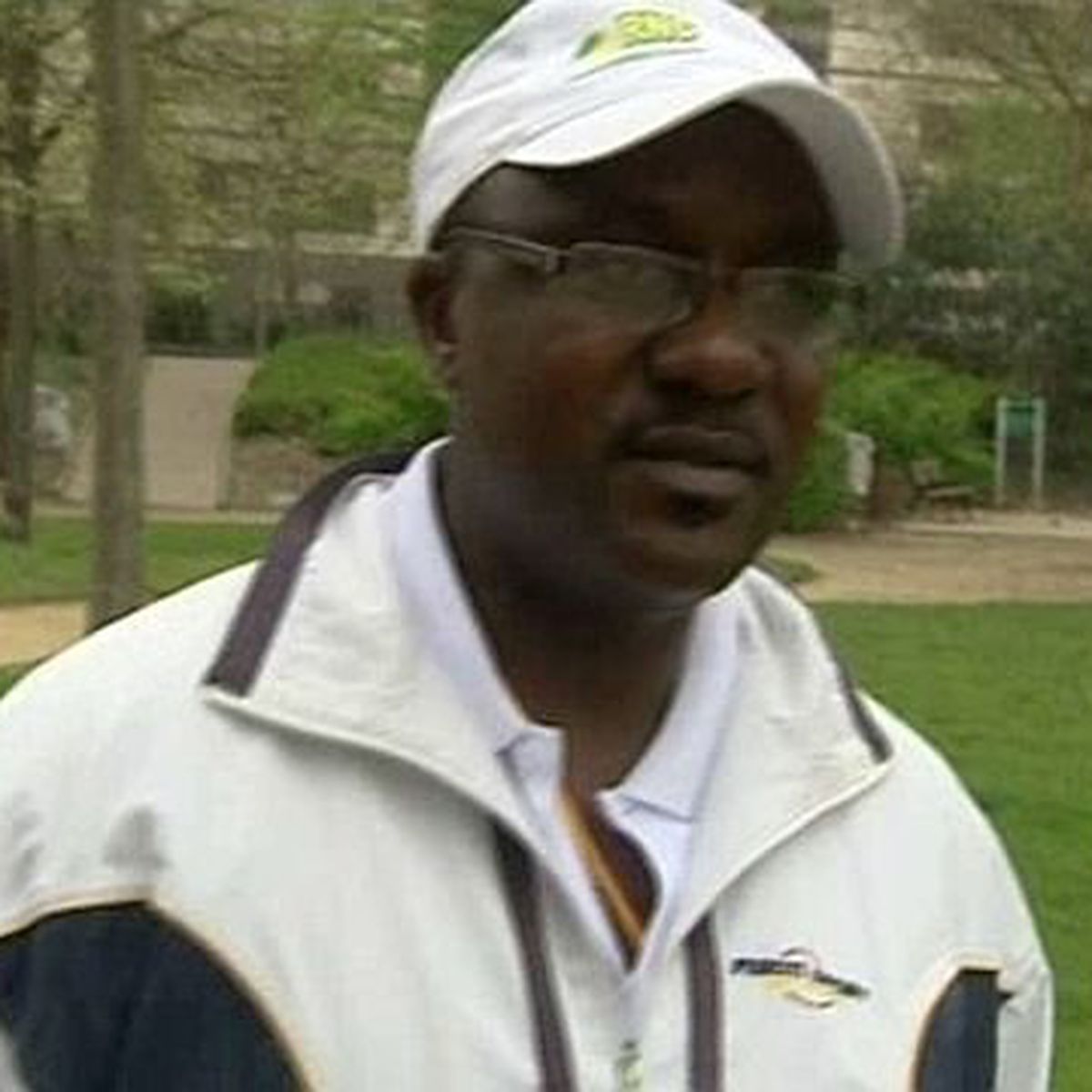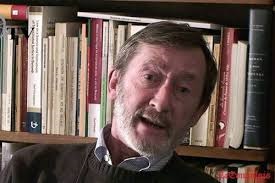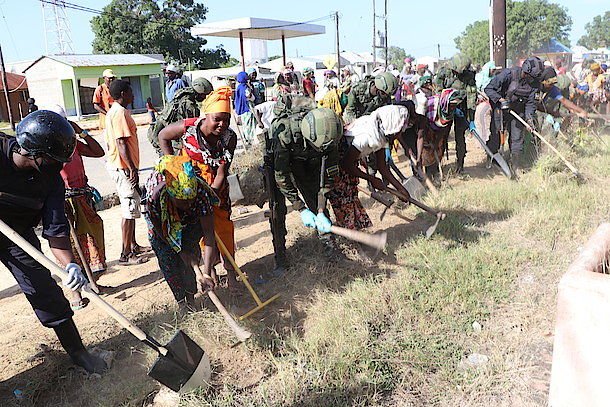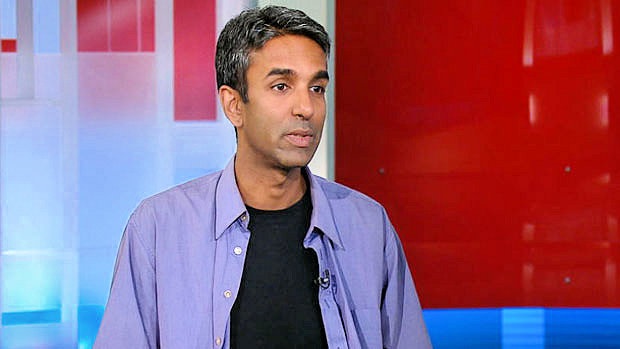International
Place Aminadabu Birara will shame genocide fugitives, deniers in France

On
November 19, France paid tribute to the victims of the 1994 genocide against the
Tutsi in Rwanda.
A
street in the 18th arrondissement of Paris, France, was named after Aminadabu
Birara, a hero of Bisesero, in western Rwanda, who died while putting up fierce
resistance against the interahamwe militias during the Genocide.
The
Mayor of Paris, Anne Hidalgo, after a vote by the Paris Council, conferred the
18th Arondissement to Aminadabu Birara.
Place
Aminadabu Birara creates an everlasting memory to remember the act of bravery
of the Tutsi of Bisesero who used stones and other traditional weapons against
well equipped killers from different areas in the Western Province.
Bisesero
is a mountainous region in Karongi District. During the Genocide, Birara
organised and used different unique tactics to counter the attacks of the
genocidal government’s soldiers and interahamwe militias.
His
tricks were not limited to defense. They also involved reconnaissance, which
informed their plans of defense.
First,
carefully selected men were sent to do reconnaissance on the footsteps of the
Bisesero hills. Whenever they saw cars loaded with killers, they alerted those
uphill to descend immediately while women and children were collecting stones.
His other
effective trick was close-contact fight. This limited and prevented the attackers
from using ammunition and guns.
However,
every time Birara employed new resistance tactics, the killers would be
defeated and they would withdraw. Their withdrawal implied that they would
re-attack with new methods too.
There
is a time the militias from the then Cyangugu, Kibuye and Gisenyi prefectures
came while wearing coffee leaves which don’t exist in Bisesero hills so as to
distinguish themselves from victims.
Perhaps
the most unforgettable date for Bisesero resistors is May 14, 1994 when a
massive attack of Interahamwe militia, supported by soldiers and members of the
Presidential Guard, on the hills of Muyira and Gitwa, killed 25,000 to 30,000
Tutsi. On this day, they set up heavy
guns on the hills surrounding Bisesero and started shelling heavily resulting in
the death of many women and children who were on the hill tops while the men
had descended to encounter and battle the killers. This shelling lasted the
whole day.
When
the resistors realised that the women and children left behind were killed, and
that they were weakened as many resistors were killed and others wounded,
Birara changed tactic to resistance while running.
Unfortunately,
the hero of Bisesero eventually succumbed to a grenade attack, at the age of
68.
Birara
had coordinated the resistance together with his sons: Nzigira, Karamaga and
Munyaneza, who survived but died after the Genocide, and Aaron Gakoko who is
still alive.
There
is a connection between France and Bisesero. When the Genocidal regime
supported by France was fleeing as the rebel RPA soldiers advanced, the then
President of France, Francois Mitterand did every thing possible to rescue the genocidal
government. Since the RPA attack, Mitterand had sent troops to fight the former
under “Operation Noroît”.
On
June 20, 1994, France sent a draft resolution to the United Nations Security
Council for authorization of Operation Turquoise under a two-month Chapter VII
mandate. After two days of consultations and the personal approval of the U.N.
Secretary General, it was adopted as Resolution 929 (1994), on June 22, with 10
votes of approval and five abstentions.
The
"multilateral" force consisted of 2,500 troops. Even if the
resolution was being discussed, some French soldiers were already in Goma (DRC).
They entered Rwanda before the resolution was actually passed.
The
primary mission of Operation Turquoise was to stop the RPA advance. Key
witness, Lt Col Guillaume Ancel who was part of the Operation Turquoise said
that: “Obviously, Operation Turquoise had a humanitarian mission, but at the
same time it was an aggressive military operation which dealt with immensely
supporting Government which was committing the Genocide.”
“My
testimony is based on what I saw, not what I read. I received orders to prepare
a raid on Kigali which was liberated by RPF. The orders stated that taking
control of Kigali was not in bid to implement a humanitarian operation but
rather bringing back to power the defeated government. This was on 30 June
1994, the genocide was still underway. It was on the eighth day of our
operation in Rwanda. I received orders to go and halt RPF soldiers who were
fighting the genocidal government. We were on the point of attacking when we
received orders to cancel the operation. By arming them we transformed refugee
camps into military bases.”
Today,
some French senior officers who served in Operation Turquoise and those who
participated in different operations in Rwanda between 1990 and 1994 still
exhibit hatred towards the RPF and they support genocide fugitives.
They
still believe in Hutu land and deny the Genocide against the Tutsi for “Honneur
de la France”.
They
are against anyone who publicly talks about the role of France during the
Genocide against Tutsi including current French President Emmanuel Macron.
Such
French soldiers include Gen Jacques
Lanxade who was the Special Chief of Staff of Mitterrand from April 1989 to
April 1991 and Army Chief of Staff (from April 1991 to September 1995), Lt. Col.
Michel Roberday, Col. Jacques Rosier, Col. Didier Tauzin, and Col. Jacques
Hogard.
Some
of those cited are members of an association of
genocide deniers called France-Turquoise which brings together the
former French soldiers who participated in Operation Turquoise in 1994.
They
participate in many seminars of genocide deniers and always testify in favor of
suspected Rwandan genocidaires in France and other countries’ courts. One of
them, Michel Robardey, runs a blog where he disseminates disavowal ideas about
the genocide against the Tutsi.
Whenever
those deniers walk around the 18th Arondissement now named Aminadabu Birara, they will be shamed by
their evil actions of supporting genocidaires during the genocide while leaving
behind the victims.
Since
remembrance is the most powerful weapon against genocide, Paris should be an
example for other global cities to give a place to the victims of the Genocide
against Tutsi in order to fight genocide around the world.






